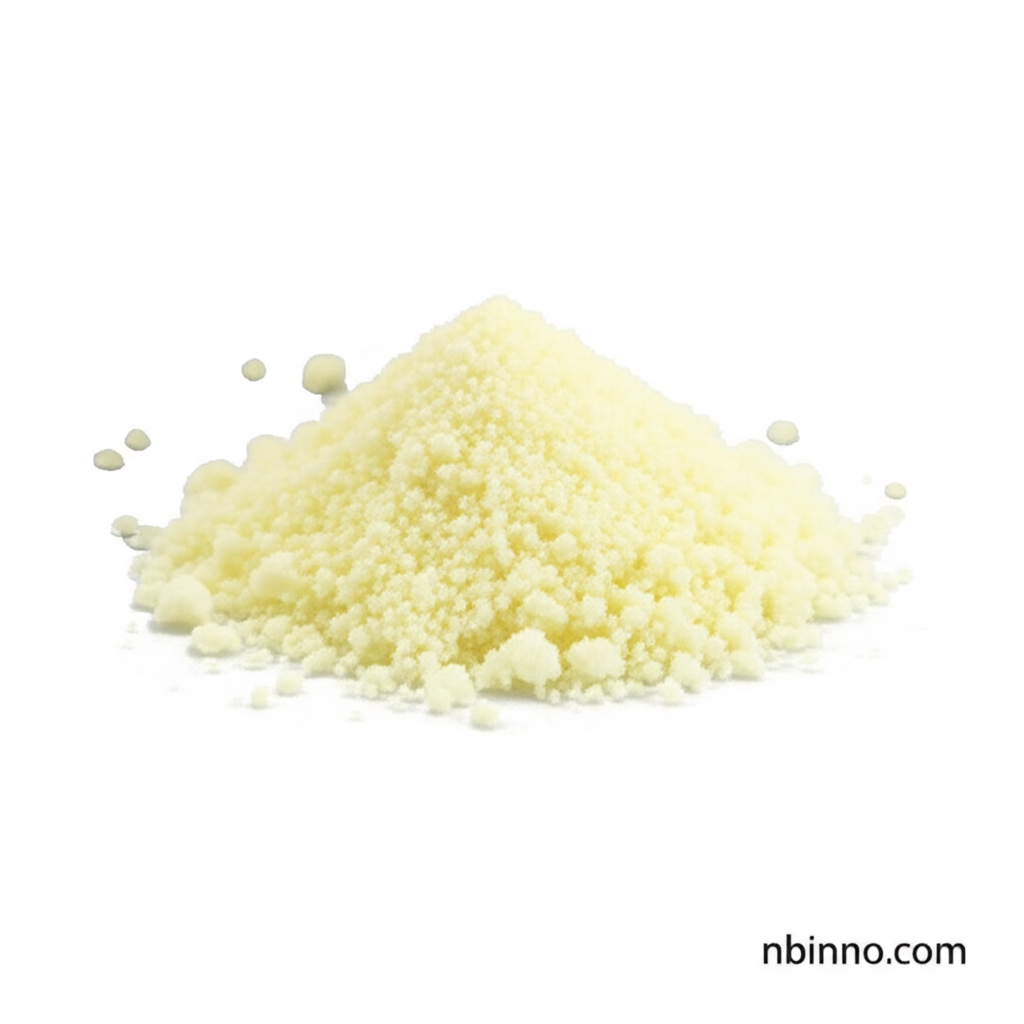2-Acetyl Pyrazine: Enhancing Flavors and Fragrances with a Versatile Aroma Chemical
Unlock rich, roasted, and nutty notes in your food and fragrance creations with this essential pyrazine derivative.
Get a Quote & SampleProduct Core Value

2-Acetyl Pyrazine
2-Acetyl Pyrazine is a highly valued aroma chemical, prized for its unique sensory profile that combines roasted, nutty, and popcorn-like notes. This makes it an indispensable ingredient for formulators seeking to create authentic and appealing flavors and fragrances.
- Leverage the unique nutty popcorn aroma chemical profile of 2-Acetyl Pyrazine to elevate your food products, especially baked goods and snacks.
- Utilize 2-Acetyl Pyrazine as a versatile food additive to impart desirable roasted and bready characteristics.
- Incorporate this potent fragrance ingredient, 2-Acetyl Pyrazine, to add warmth and complexity to perfume compositions.
- Explore the potential of 2-Acetyl Pyrazine as a pharmaceutical intermediate for the synthesis of polycyclic compounds, opening doors for new drug development.
Key Advantages
Sensory Enhancement
As a leading 2-acetyl pyrazine flavor enhancer, it significantly boosts the palatability and desirability of various food items.
Versatile Application
This acetylpyrazine food additive is adaptable, contributing to a wide array of flavor profiles from chocolate to savory applications.
Chemical Utility
Its role as a pharmaceutical intermediate highlights its broader chemical utility beyond flavor and fragrance applications.
Key Applications
Food Flavoring
2-Acetyl Pyrazine is a crucial food additive, lending its distinctive nutty and roasted notes to baked goods, confectionery, and savory snacks.
Fragrance Formulations
As a prominent fragrance ingredient, it contributes warm, inviting, and complex notes to perfumes, colognes, and scented products.
Pharmaceutical Synthesis
This compound serves as a vital pharmaceutical intermediate, supporting the synthesis of complex molecules for drug discovery and development.
Agrochemical Research
Investigated for its potential as a natural attractant for beneficial insects, contributing to sustainable pest management strategies in agriculture.
